PAHO Regional Sodium Targets (2021-2025)

Sodium targets for the PAHO region (published 2021).
Top tips for sodium reduction
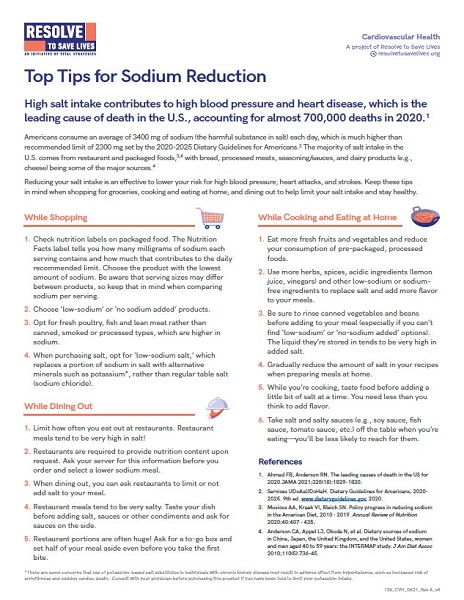
A fact sheet about tips on reducing dietary salt intake for Americans
Accelerating salt reduction in Europe
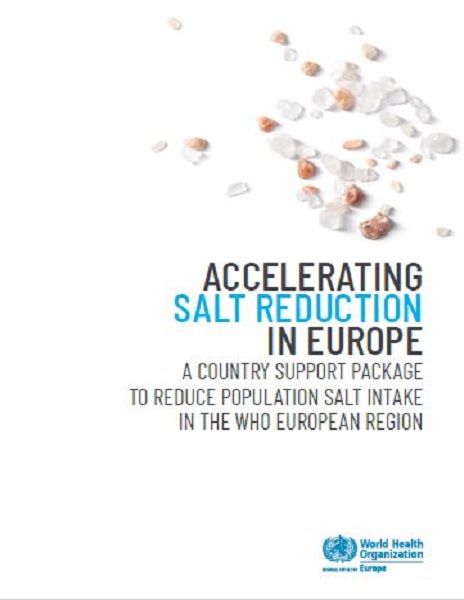
A support package to help countries in the European region to initiate or accelerate efforts towards population sodium reduction
Systematic review on international salt reduction policy in restaurants
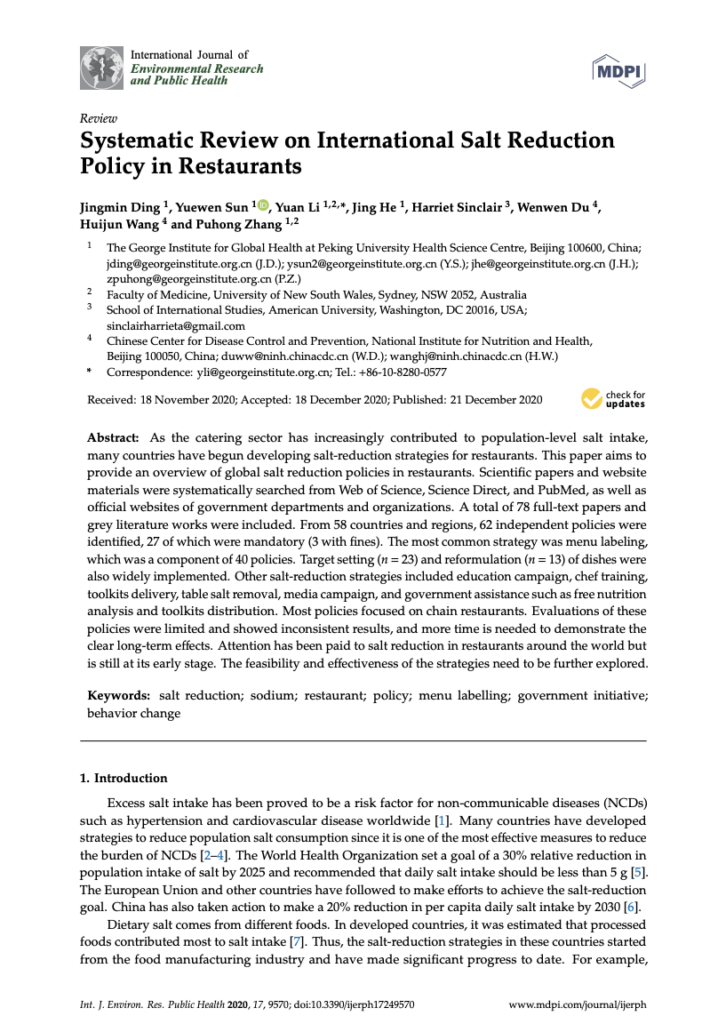
An article that provides an overview of global salt reduction policies in restaurants in many countries
Warning Labels for Potassium-Enriched Low-Sodium Salts
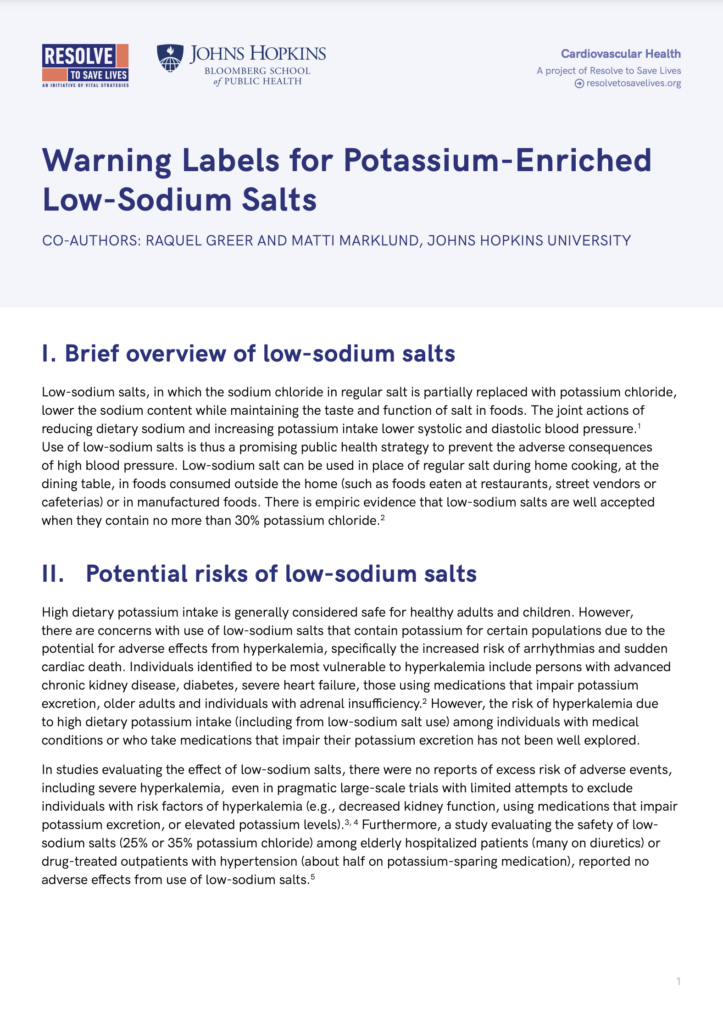
Short guide on potential use of health warning messages on low-sodium salt packaging
Mass Media Campaigns
Series of videos launched to increase awareness that excess daily salt intake leads to cardiovascular disease. See in the various projects below: Salt reduction media campaign (Ethiopia): Avoid Food That Is High in Salt (Mok Kalebet): Concept #1 (man in wheelchair) Concept #2: (hear what the doctor says) Salt reduction media campaign (Vietnam): Reduce Salt […]
Salt Reduction Guide for Patients, Nurses, and Schools
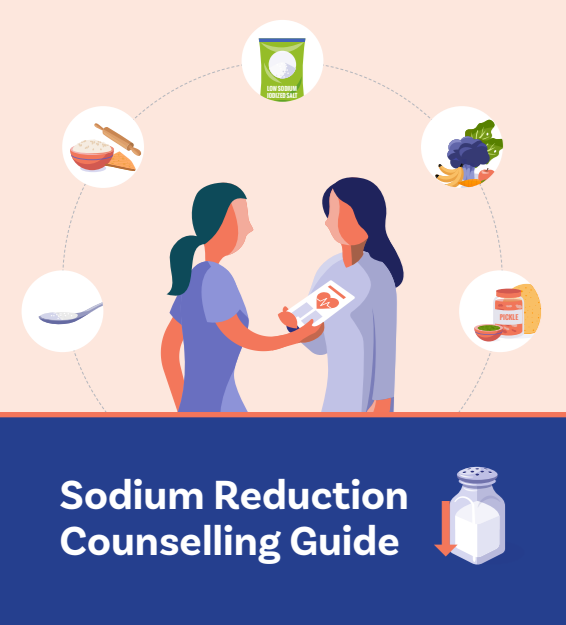
A communication guide for patients, nurses, and school staff that features steps and approaches to reduce dietary salt intake. Salt Reduction Guide for Patients (available in Hindi and Telugu upon request) Sodium Reduction Counselling Guide For Nurses (available in Hindi and Telugu upon request) Also adapted use in Ethiopia by nurses, patients, school teachers and students […]
Research to support the development of front-of-package labeling regulations for food products in the Americas: Methods, tools, and procedures
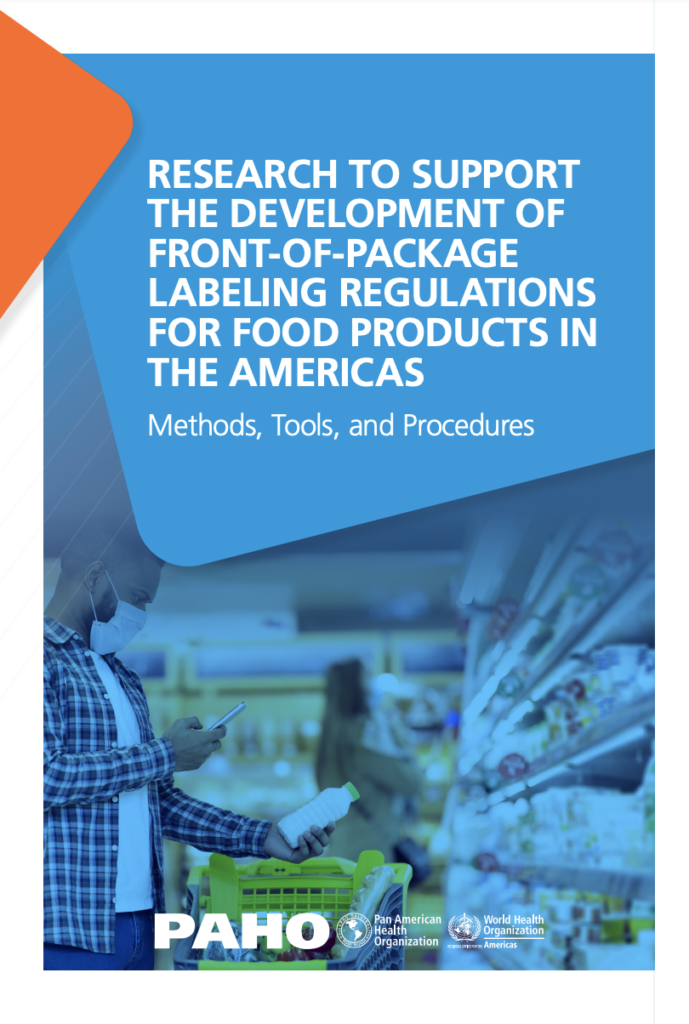
A report on methods, tools, procedures and key recommendations on how to conduct research into front-of-package labeling
Public health media advocacy action guide: Elements of a media action campaign
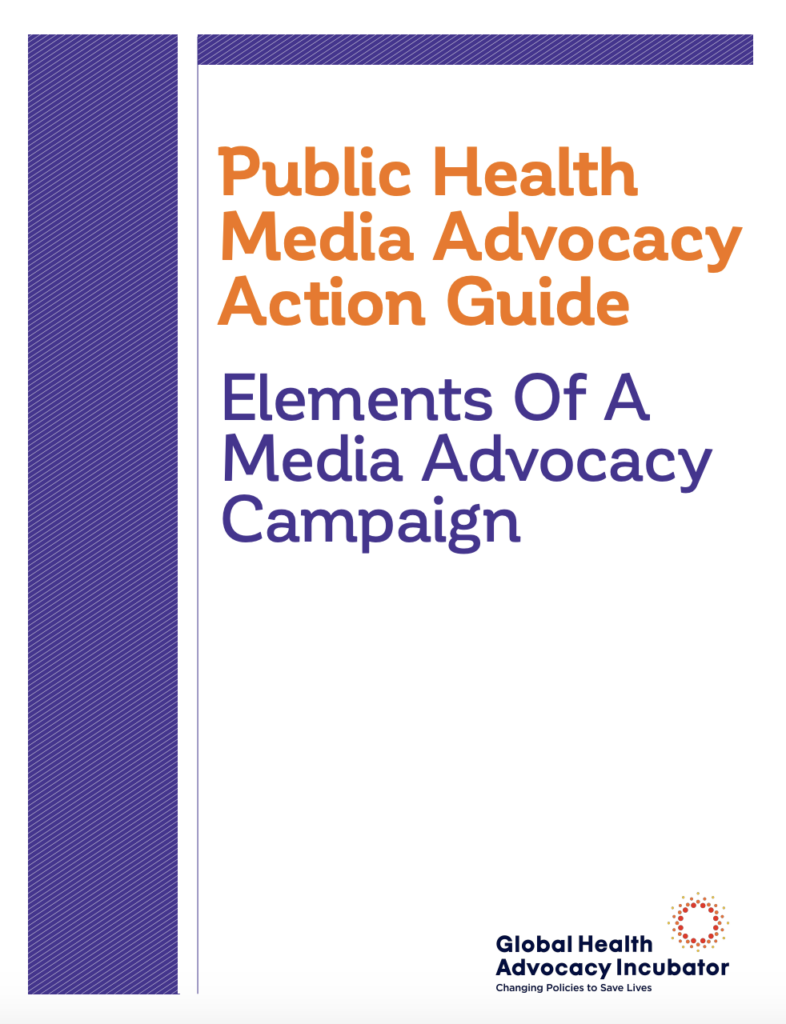
A how-to guide in planning and conducting an effective media advocacy campaign that aims to strengthen public health policies
Priority actions to advance population sodium reduction
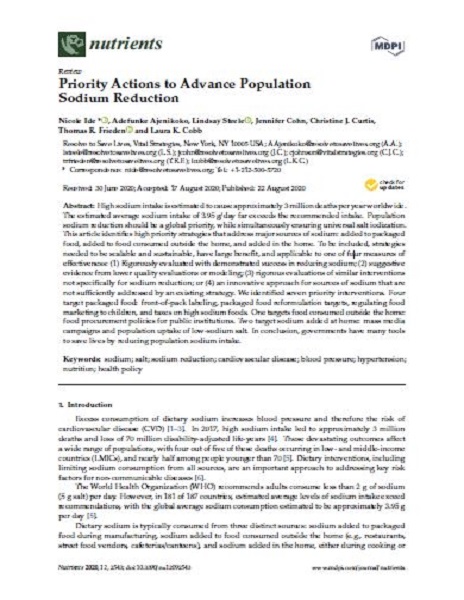
An article identifying high priority strategies that address reduction of sodium intake through home-cooked food, packaged food, food consumed outside the home
Potassium-enriched salt substitutes as a means to lower blood pressure: benefits and risks
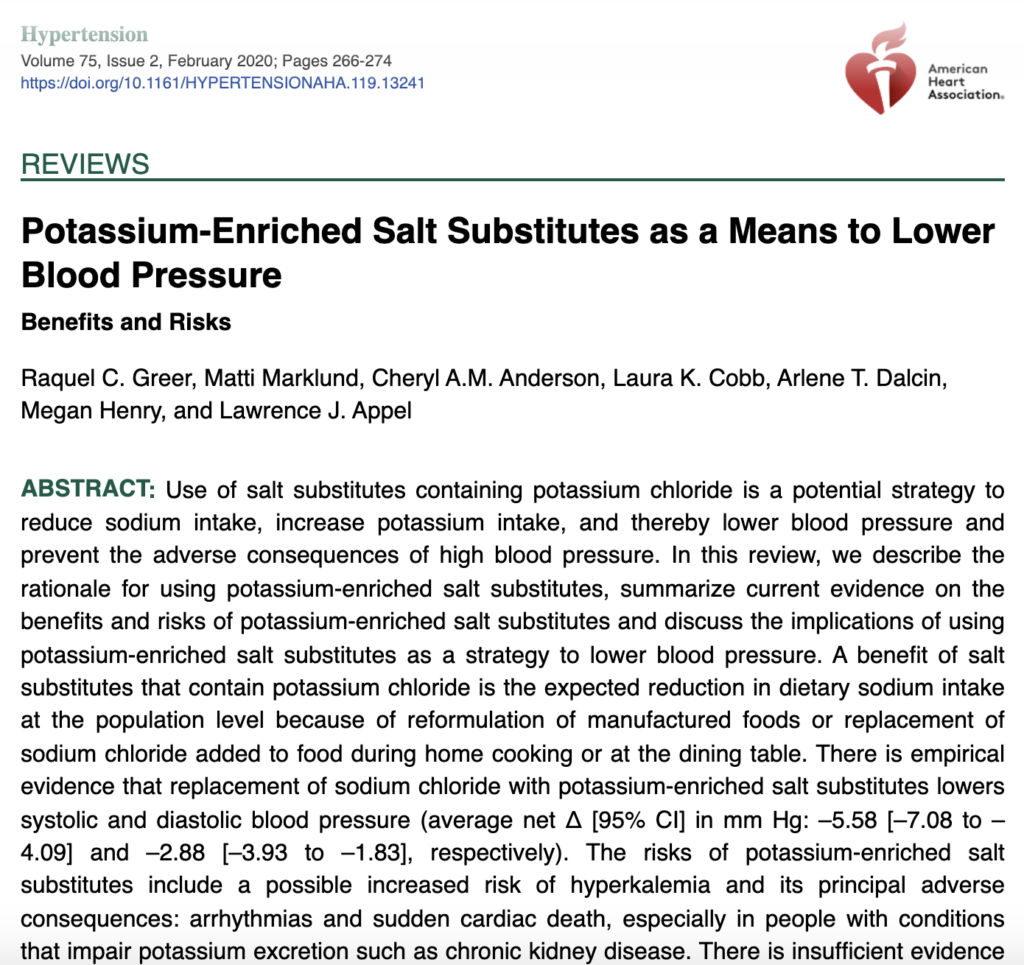
Article presenting the rationale, current evidence on benefits and risks, and implications for using potassium-enriched salt substitutes as a strategy to lower blood pressure
NOURISHING database: Restrict food advertising and other forms of commercial promotion
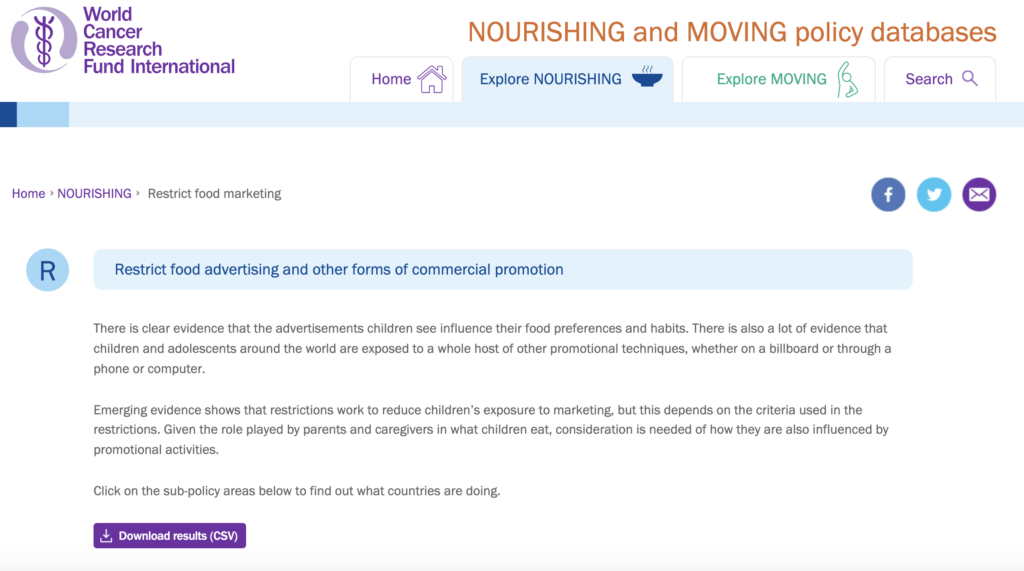
A collection of policies that different countries have in place to reduce children’s exposure to food marketing
Estimated population-wide benefits and risks in China of lowering sodium through potassium-enriched salt substitution: Modelling study
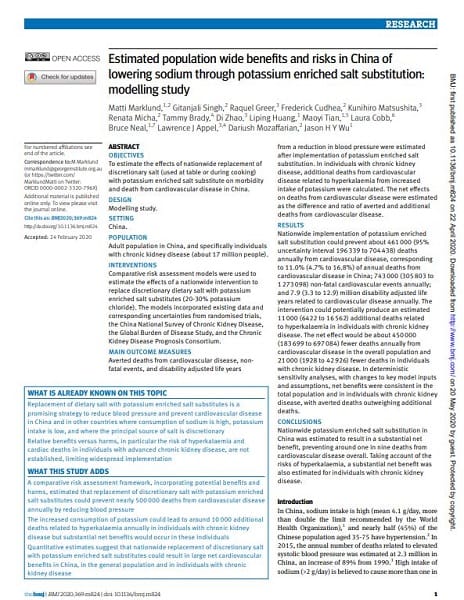
A study on the benefits of nationwide potassium enriched salt substitution on cardiovascular health in China
Resources for healthy public food procurement policies
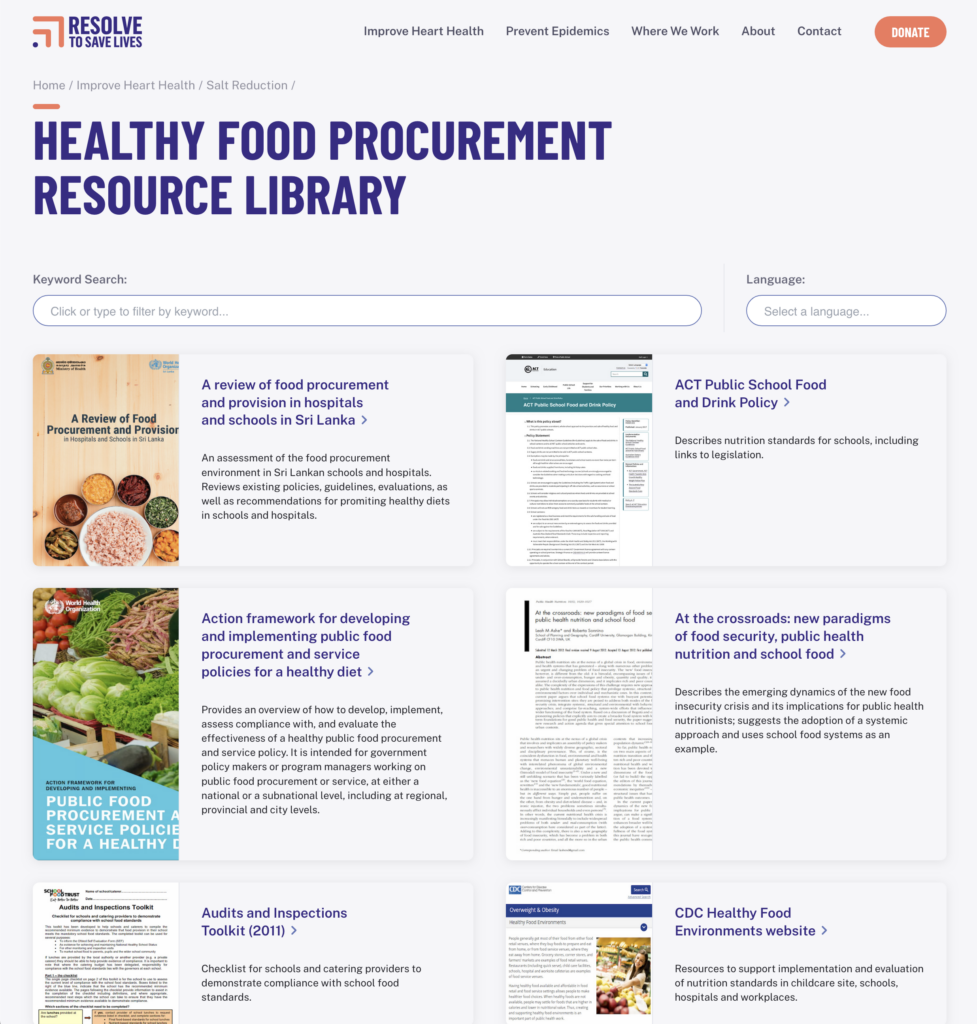
A comprehensive guide to healthy public food procurement resources featuring policy examples from around the world
Front-of-package labeling as a policy tool for the prevention of noncommunicable diseases in the Americas
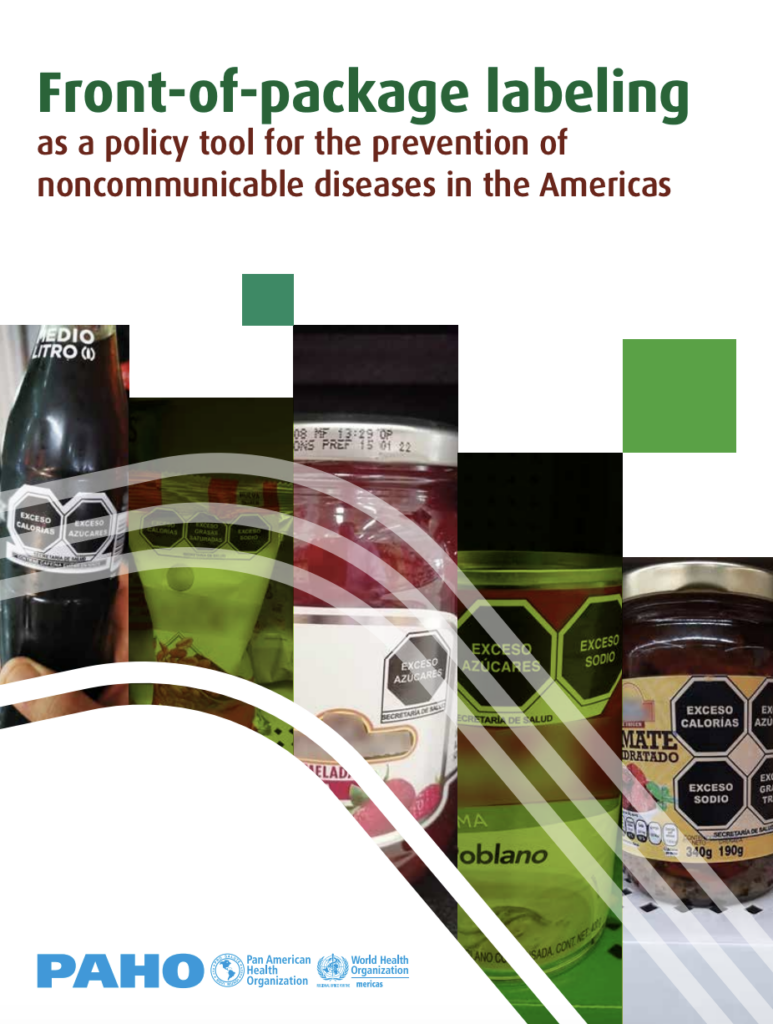
A report on key considerations and recommendations to the use of front-of-package labeling as an effective policy tool to reduce demand and support for ultra-processed food products with high sodium, fat, and sugar content
Food marketing exposure and power and their associations with food-related attitudes, beliefs and behaviours: a narrative review
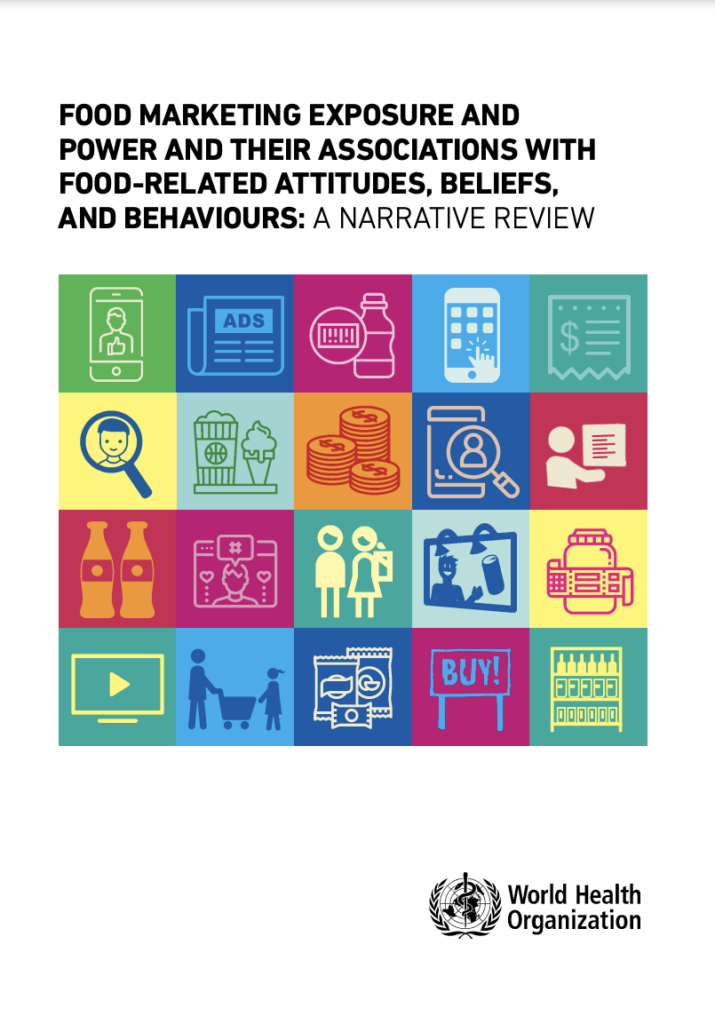
Outcomes of a narrative review conducted to update an earlier descriptive review published by WHO in 2009 on the extent, nature and effects of food marketing
Front-of-package labelling: Empowering consumers and promoting healthy diets
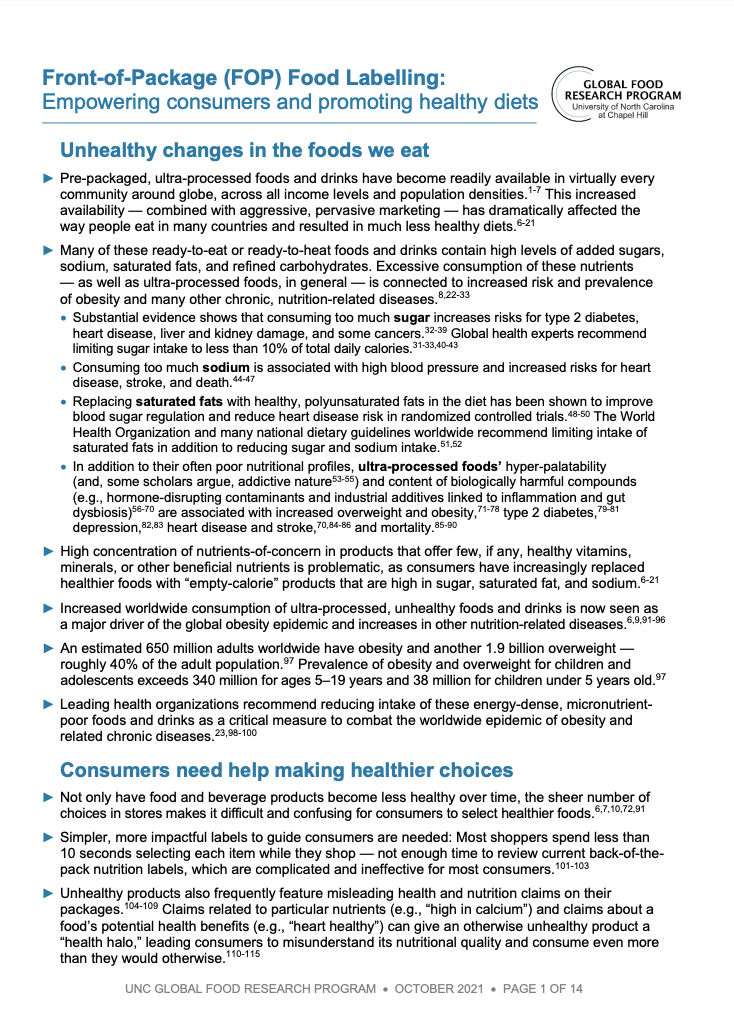
A fact sheet presenting evidence and progress of food labelling policies globally
Building momentum: Lessons on implementing a robust front-of-pack food label
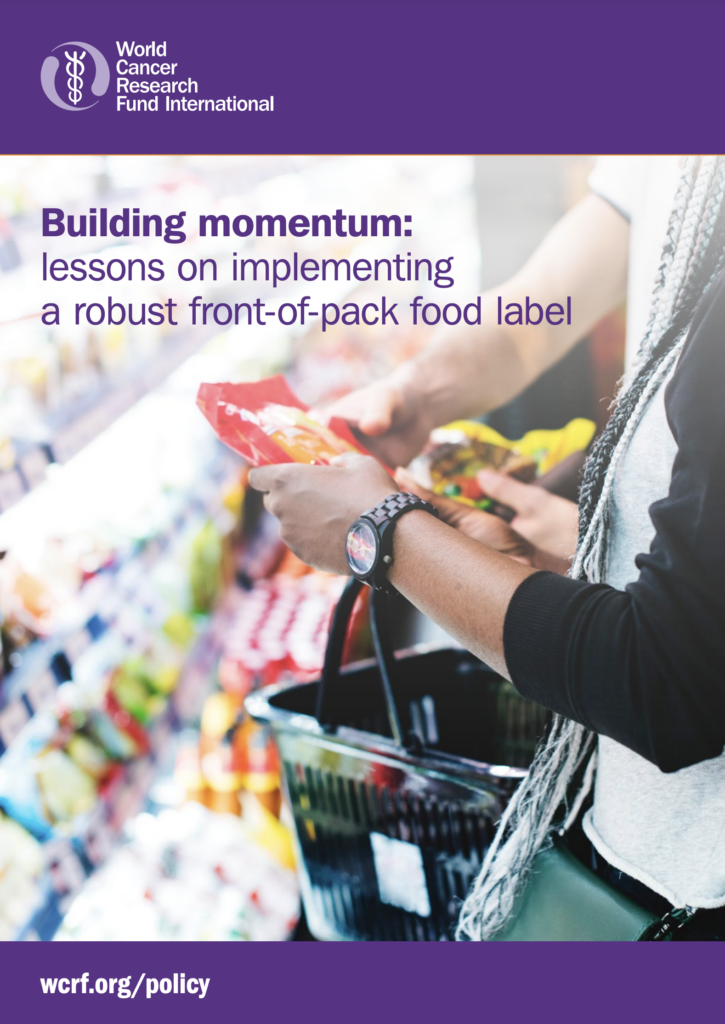
A report on key recommendations and advice to policymakers who are designing and implementing front-of pack food labelling in nutrition policies
Core strategies to increase the uptake and use of potassium-enriched low-sodium salt
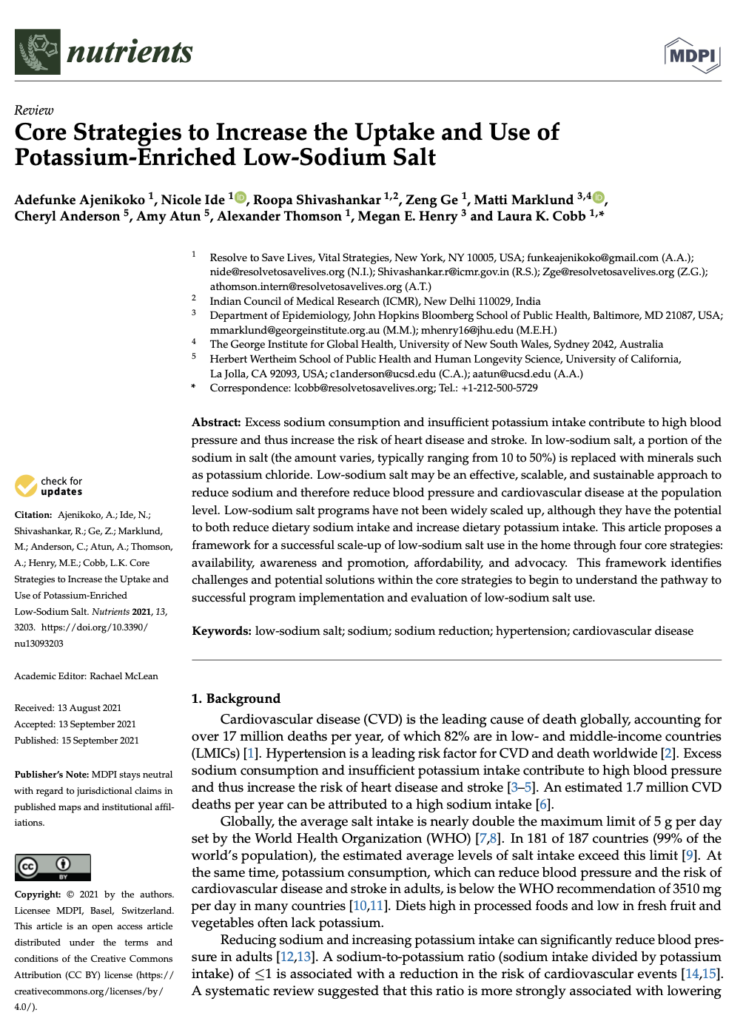
Proposes a framework for a scalable and sustainable approach of low-sodium salt use in the home and identifies challenges and potential solutions for effectiveness of this strategy
Action framework for developing and implementing public food procurement and service policies for a healthy diet
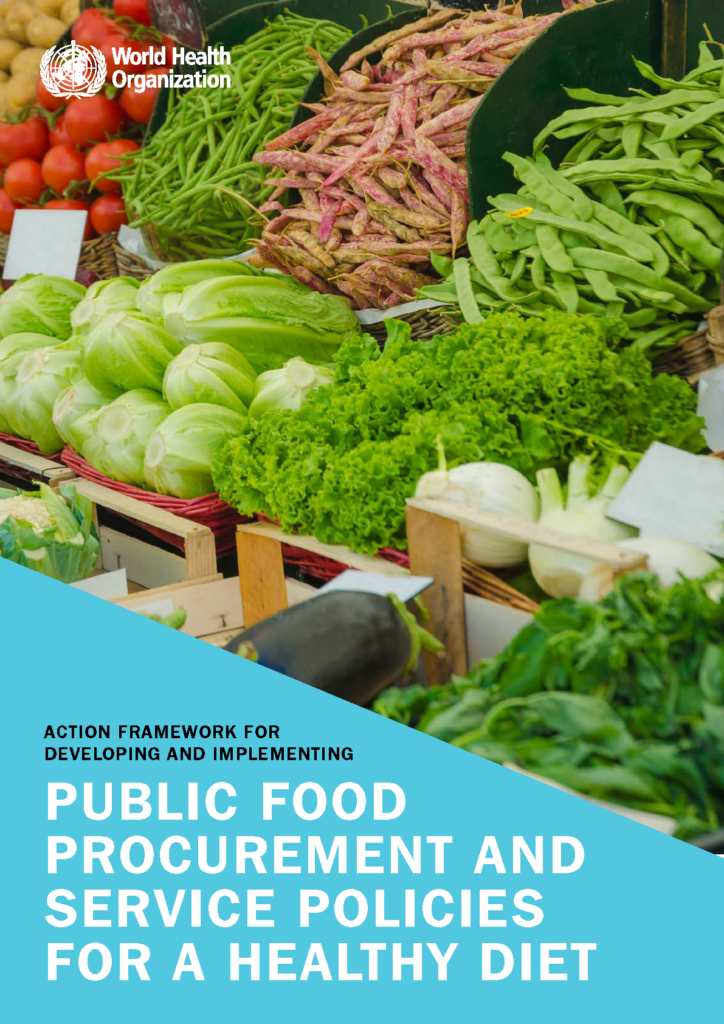
A resource that provides guidance for governments on how to develop, implement, and strengthen a healthy public food procurement or service on a national or sub-national level
Advocacy action guide: A toolkit for strategic policy advocacy campaigns
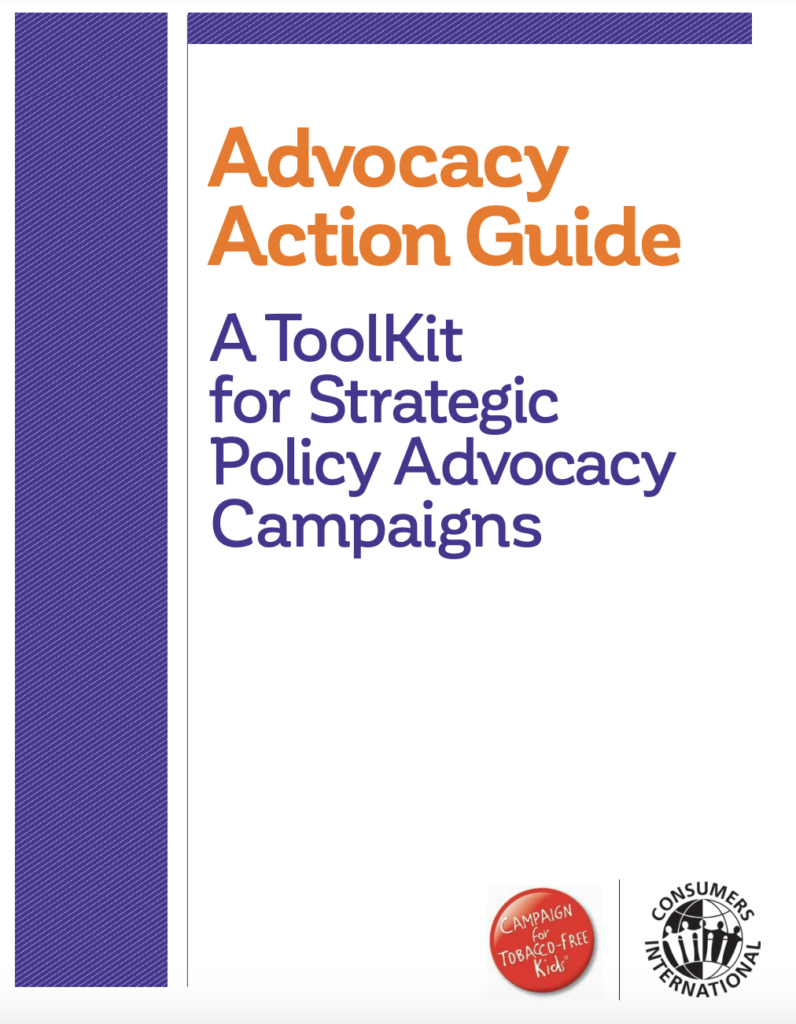
A how-to guide in planning and conducting an effective advocacy campaign that aims to strengthen public health policies
Reducing sodium in your diet
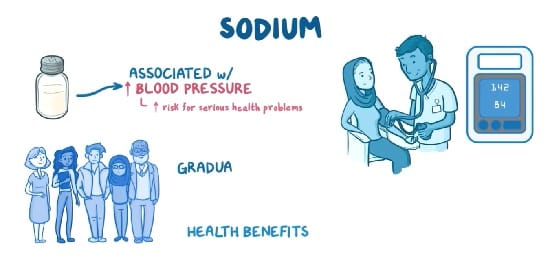
An informational video that addresses the role of sodium in one’s diet and its effects on cardiovascular health
Reducing cardiovascular disease through salt reduction
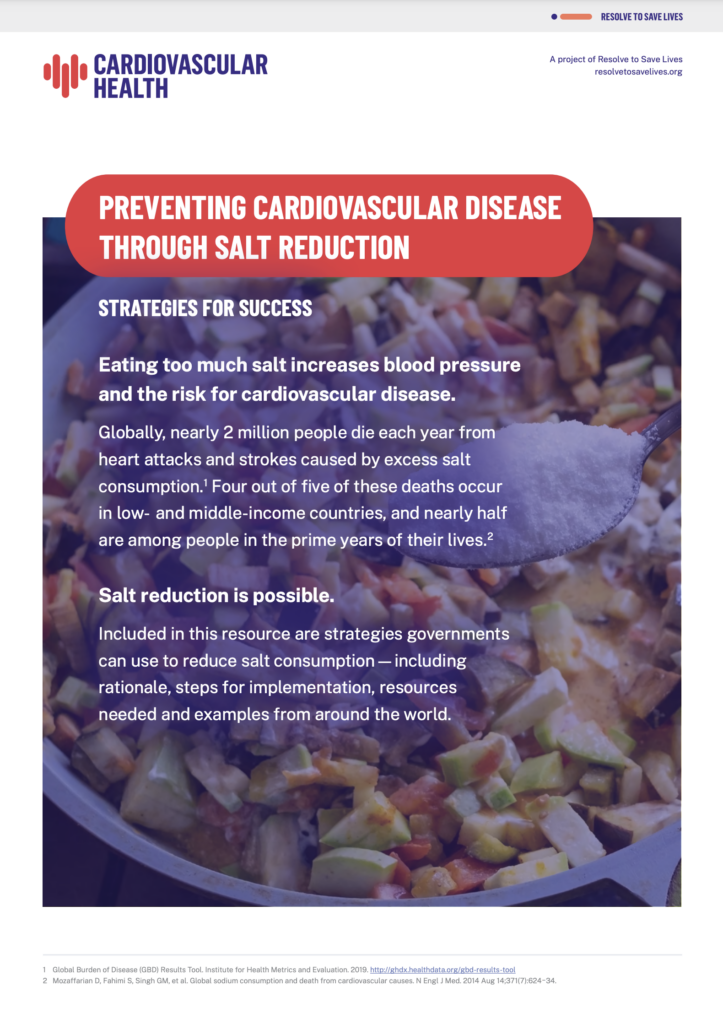
An overview of RTSL’s approach to sodium reduction, including summaries of key interventions (sodium targets, FOPL, marketing restrictions, food procurement and service, low-sodium salt, policy advocacy and communications)
The SHAKE Technical Package for Salt Reduction
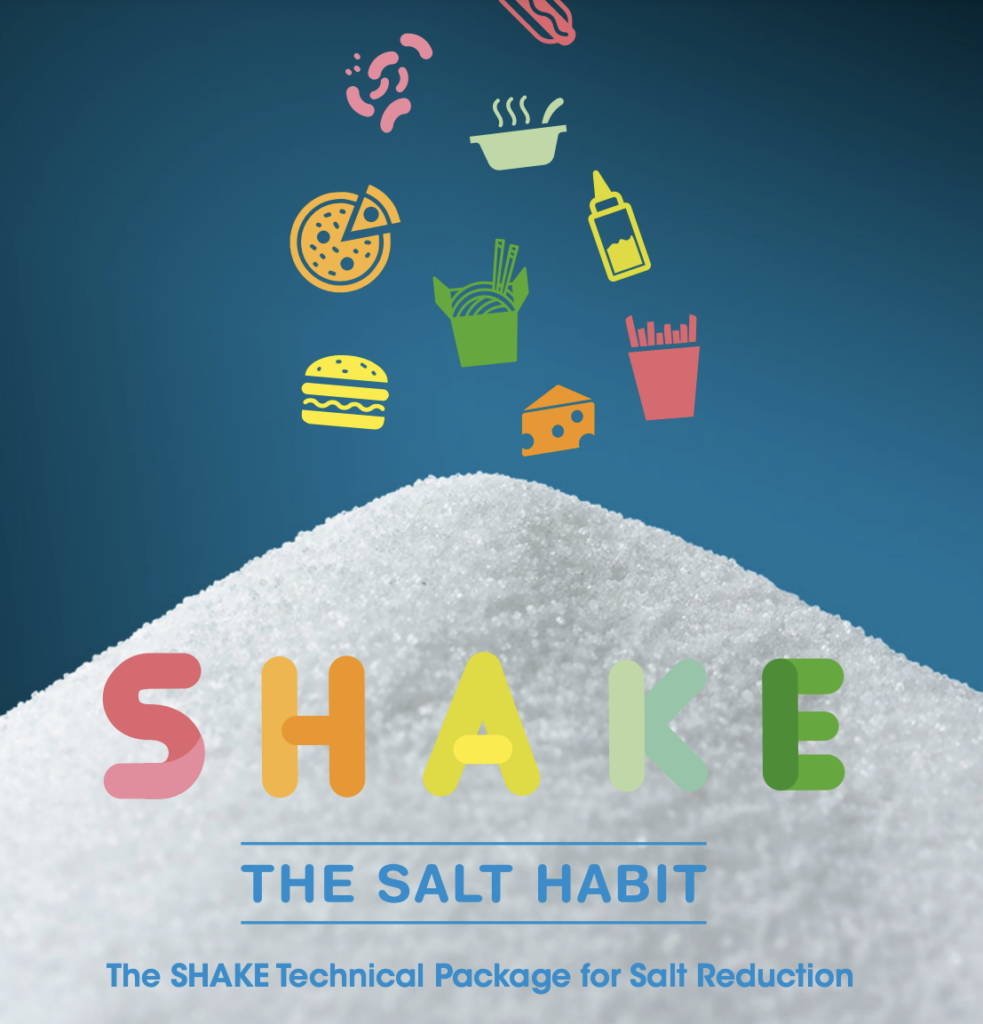
A technical package from WHO designed to assist countries with the development, implementation, and monitoring of salt reduction strategies to reduce population salt intake
Understanding the science that supports population-wide salt reduction programs
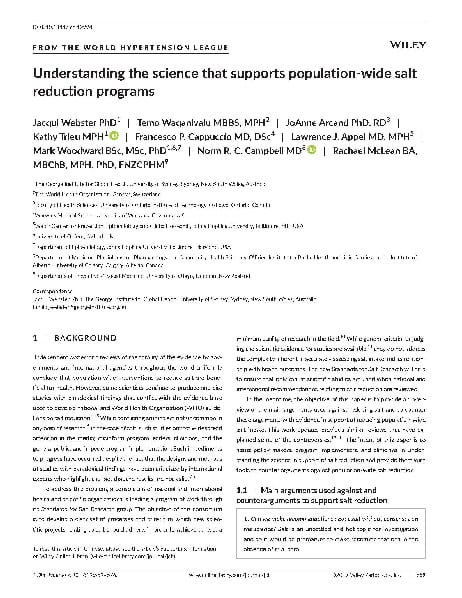
Article from the Journal of Clinical Hypertension on evidence for salt reduction
Salt-Smart Americas
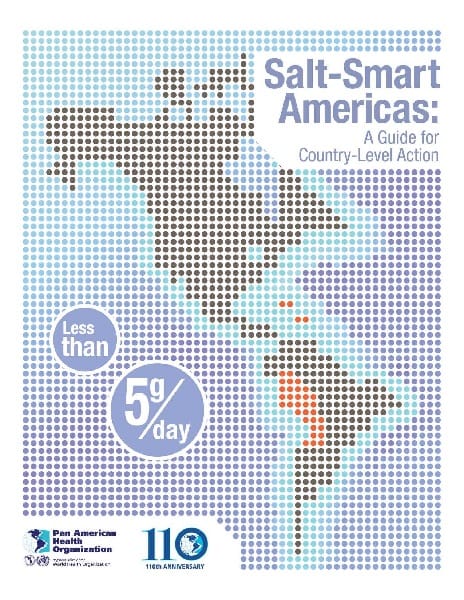
A technical package that offers a rationale and recommendations for a population-based approach to reduce dietary salt intake in adults and children in the Americas
Setting targets for salt level in foods: A five-step approach for low- and middle- income countries
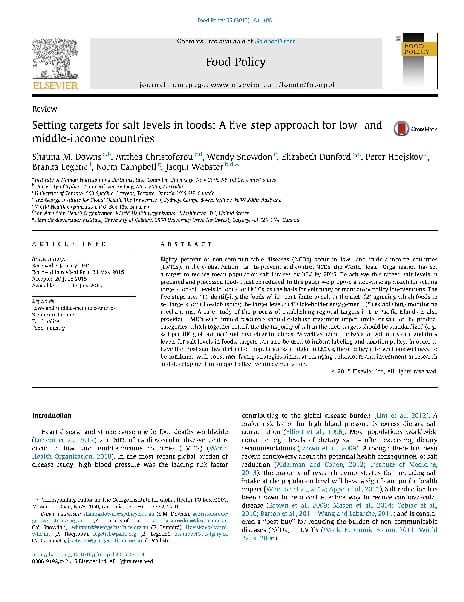
An article that identifies a five-step approach for setting sodium level targets in foods in LMICs
WHO guideline for the pharmacological treatment of hypertension in adults
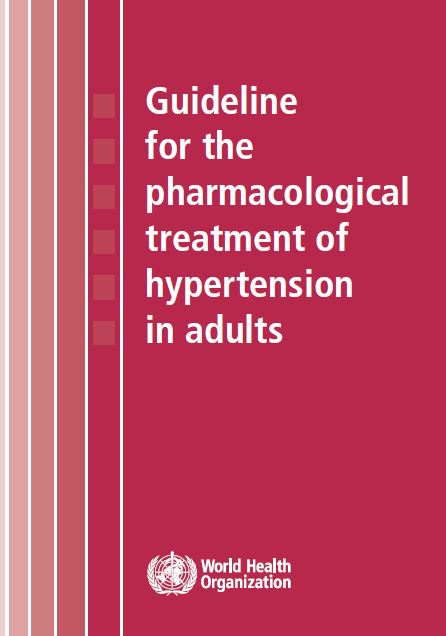
Updated in 2021
Annotated bibliography: sodium reduction
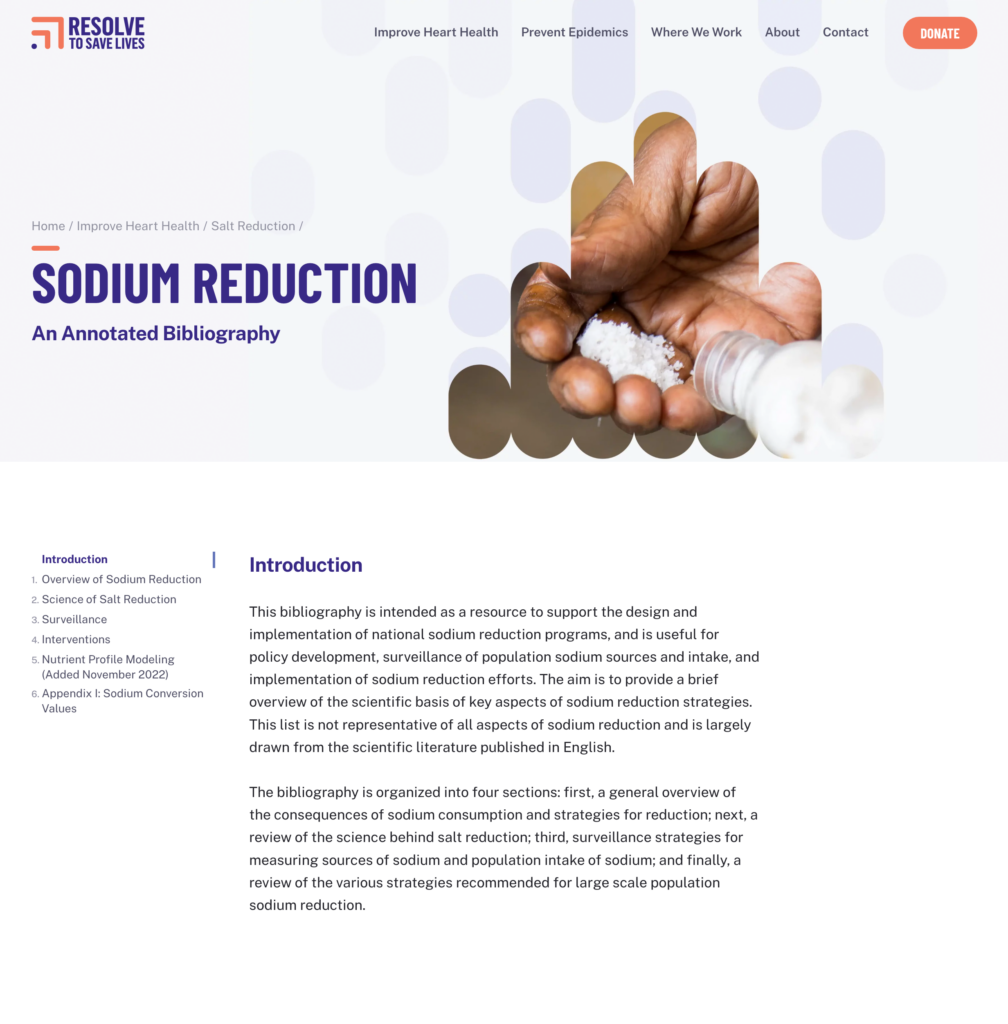
A collection of literature relevant to the science of salt reduction and on sodium reduction interventions
Selecting Blood Pressure Devices

Short video outlining how to choose a blood pressure device